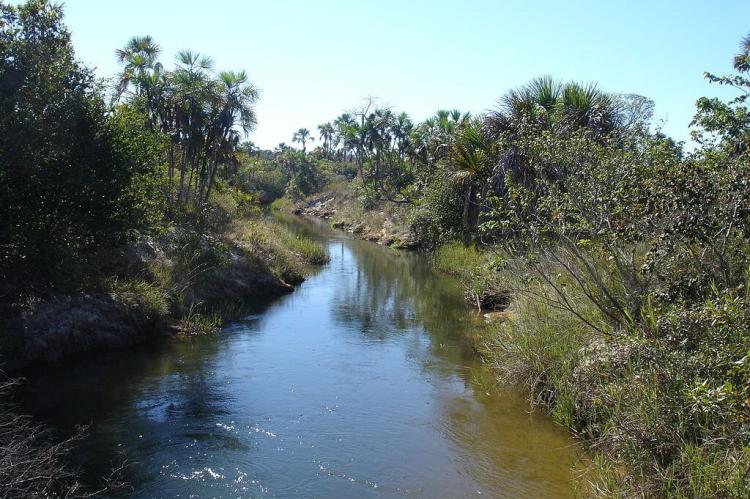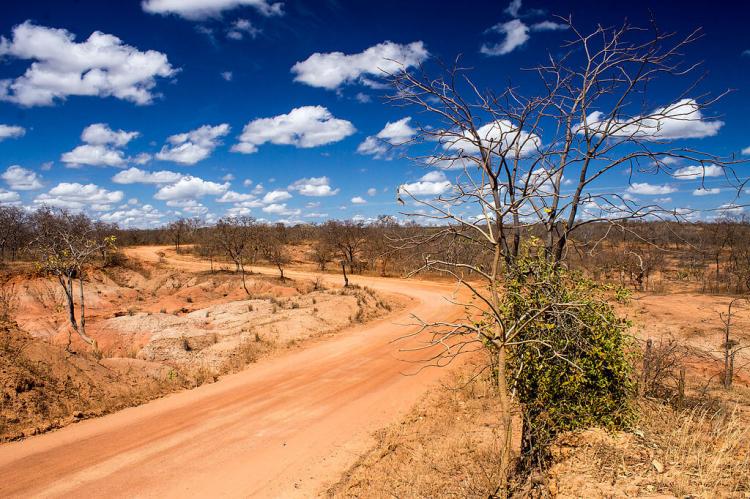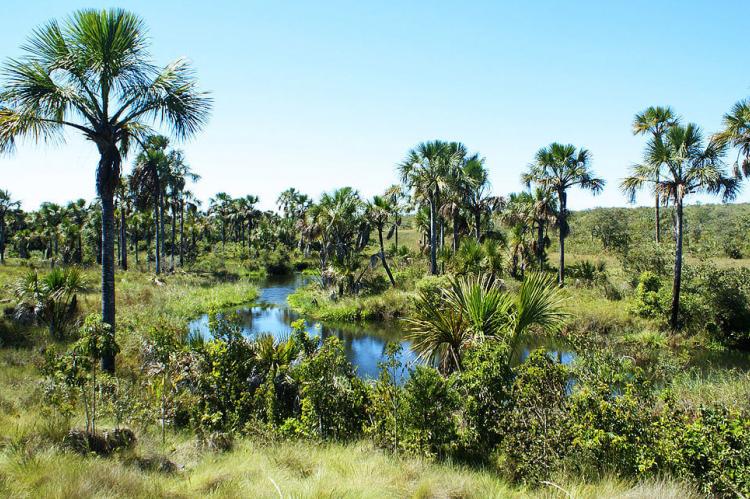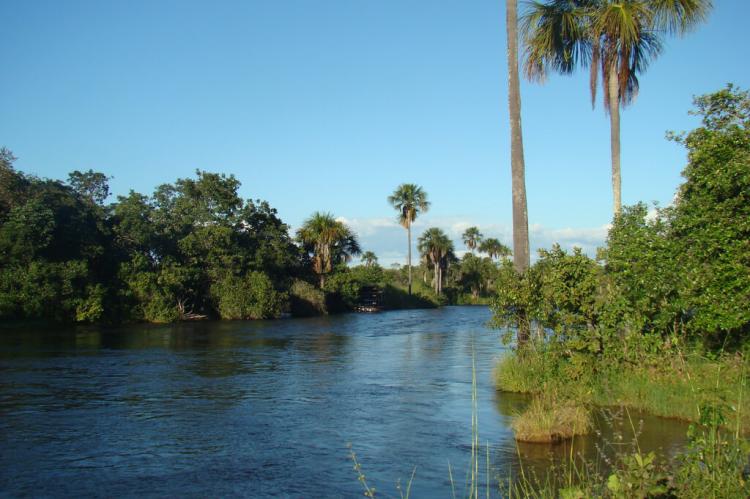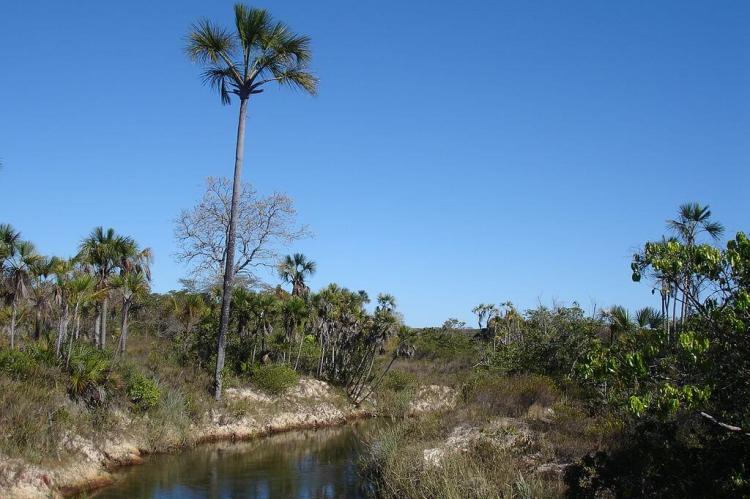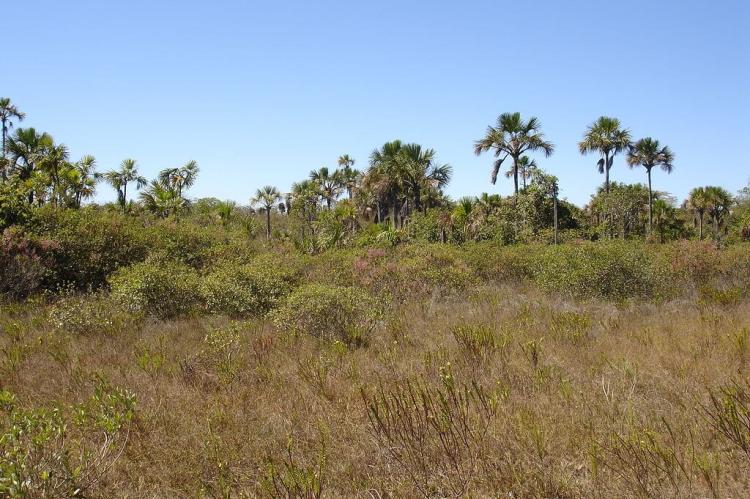Grande Sertão Veredas National Park: A Biodiversity Haven in the Heart of Brazil
Grande Sertão Veredas National Park in east-central Brazil showcases diverse ecosystems, including forests, savannas, and cerrado vegetation. The park, known for its expansive streams and veredas resembling meandering pathways, is a tribute to the abundant natural legacy of the Cerrado biome.
Grande Sertão Veredas National Park
A Biodiversity Haven in the Heart of Brazil
Nestled along the border between the states of Minas Gerais and Bahia in east-central Brazil, Grande Sertão Veredas National Park stands as a testament to the rich natural heritage of the Cerrado biome. Named for its extensive streams, or veredas, that resemble winding pathways, the park showcases diverse ecosystems, including forests, savannas, and dense cerrado vegetation. Established in 1989 and expanded in 2004, the Chico Mendes Institute for Biodiversity Conservation administers the park.
Geographical Features and Biome Diversity
Grande Sertão Veredas National Park boasts a diverse landscape within the Cerrado biome, encompassing forests, savannas, and cerrado of varying density. The predominant buriti palm trees (Mauritia flexuosa) add to the park's unique character. The altitude within the park ranges from 660 to 900 meters (2,170 to 2,950 feet), offering a dynamic topography of sandstone plateaus covered in savanna vegetation and lower drainage areas crisscrossed by streams. This diverse terrain contributes to the park's role as a vital conservation area.
Expansion and Administrative Oversight
Established in 1989 with an initial expanse of 84,000 hectares (207,500 acres) in Minas Gerais, Grande Sertão Veredas National Park underwent an expansion in 2004, reaching over 230,000 hectares (570,000 acres). The park now extends into the municipalities of Chapada Gaúcha, Formoso, and Arinos in Minas Gerais, as well as Cocos in Bahia. The Chico Mendes Institute for Biodiversity Conservation oversees the park, ensuring its conservation goals are met.
Conservation Goals and Flora Preservation
At its core, the park aims to preserve the basin of the Carinhanha River, a crucial tributary of the São Francisco River, and safeguard the Cerrado's unique flora and endemic fauna. The conservation efforts contribute to preserving the entire ecosystem, maintaining the delicate balance of the region's biodiversity.
Environmental Conditions and Tribute to Literature
With an annual rainfall averaging 1,400 millimeters (55 inches) and temperatures ranging from 16 to 37 °C (61 to 99 °F), the park exhibits a variety of climatic conditions suitable for diverse plant and animal life. Additionally, the park's name pays homage to a significant Brazilian literary work, "The Devil to Pay in the Backlands" (Grande Sertão: Veredas) by João Guimarães Rosa, linking literature with the landscape's natural beauty.
Threatened Species and Conservation Impact
Grande Sertão Veredas National Park serves as a sanctuary for various threatened species, including the maned wolf, jaguar, cougar, ocelot, colocolo, Brazilian merganser, marsh deer, giant anteater, giant armadillo, Brazilian three-banded armadillo, and Owl's spiny rat (Carterodon sulcidens). The park's commitment to protecting these species underscores its role as a crucial conservation area and contributes to the broader efforts to safeguard Brazil's unique biodiversity.
Conclusion
Grande Sertão Veredas National Park symbolizes Brazil's dedication to preserving its natural heritage. From the winding veredas to the diverse ecosystems, the park embodies the essence of the Cerrado biome. As a haven for threatened species and a tribute to literary excellence, this national park plays a vital role in shaping Brazil's conservation future, ensuring that the Grande Sertão Veredas remains a thriving ecosystem for generations.
